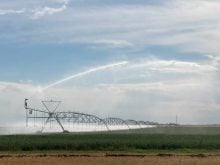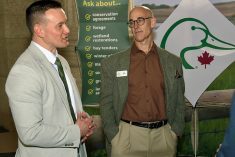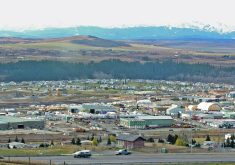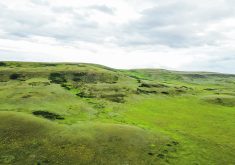Male population reached 40 in 2016 following a federal emergency protection order but has since dropped to 20 or 30
The increase in sage grouse numbers after imposing Canada’s first emergency protection order for a species at risk in southwestern Saskatchewan and southeastern Alberta in 2014 appears to be waning, according to the Alberta Wilderness Association.
The ironic prairie bird, known for its elaborate dance on habitually used mating grounds known as leks, saw numbers reduced to about eight males in Alberta during the first decade of the 21st century.
That situation triggered a political and legal battle between naturalist groups and the Canadian government that ended when then Conservative environment minister Leona Aglukkaq announced plans for the protection order in 2013.
Read Also
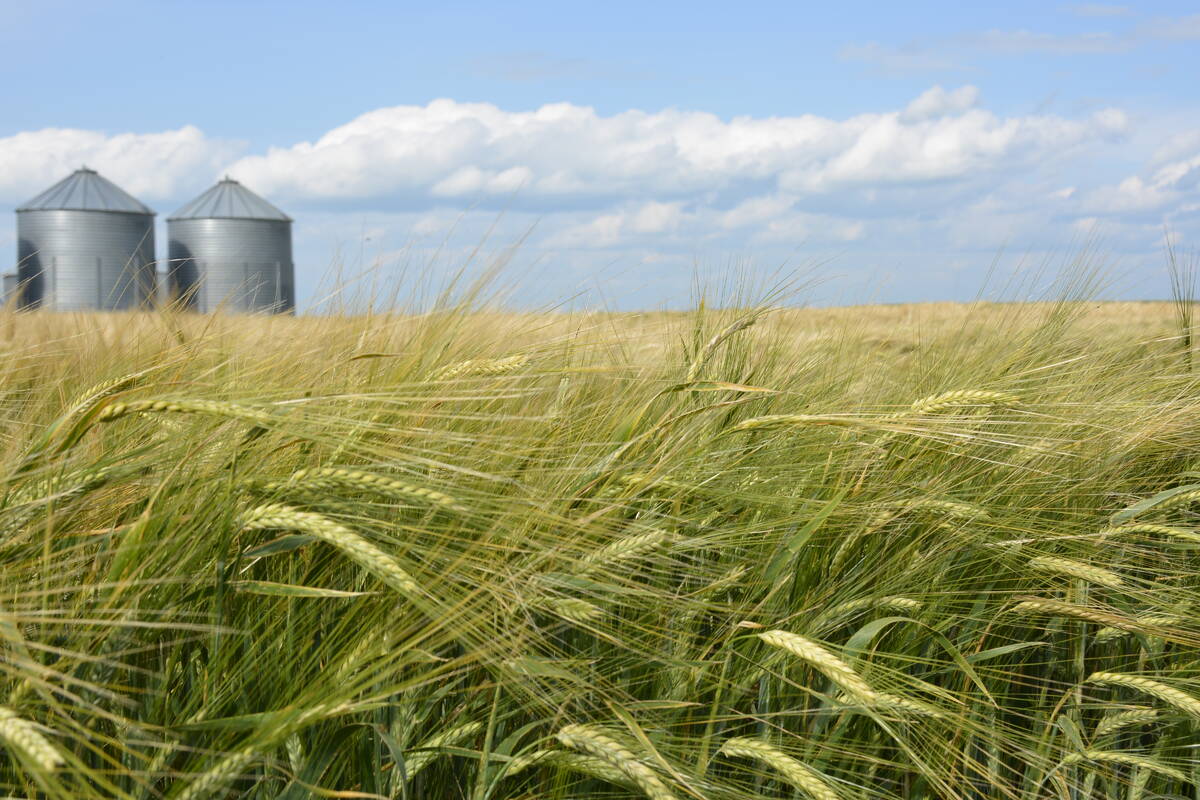
StatCan stands by its model-based crop forecast
Statistics Canada’s model-based production estimates are under scrutiny, but agency says it is confident in the results.
The federal government also provided funding for the Calgary Zoo, which developed a breeding program to assist the sage grouse recovery strategy. The federal government stated at the time sage grouse had seen its population decline by 98 percent since 1988.
Ruiping Luo, conservation specialist with the Alberta Wilderness Association (AWA), said the initial success of those efforts saw the number of males in the province rise to 40.
“The last count we were given from 2022 is we have 22 males,” said Luo of the latest population figures provided by the provincial government. “That is a slight decline from the year before, which was 27.”
Those numbers have been consistently in the 20 to 30 range in Alberta following a steady increase that saw the male population numbers peak at 40 in 2016.
“It looks like it’s declining again but it’s hard to tell how low it’s going to go because sage grouse populations are a little bit cyclical, they are not completely stable,” she said. “We are concerned especially with the reports we’ve been hearing about helium exploration in the remaining sage grouse range.”
The emergency protection order (EPO) imposed strict operation restrictions on oil and gas operations within areas located around Manyberries, Alta., and Val Marie, Sask. But Luo said helium exploration activities in areas just outside those ranges might be having an effect, as the rising price of the commodity is spurring more drilling.
While the EPO is still in effect, “it doesn’t cover the entire sage grouse range. It just covers the critical habitat and some of the lekking areas,” said Luo.
The Calgary Zoo’s captive breeding program is producing viable chicks at a good rate, but “a lot of the issue right now seems to be survival once they are released isn’t that high,” she added. “Most of the people I’ve spoken to say that usually goes back to habitat.”
The breeding program, in combination with the ongoing translocation program between Alberta and Montana, which has seen 120 sage grouse moved north of the border since 2011, will keep the bird from becoming extinct in Canada, said Luo.
“But unless we have enough habitat in that area for the sage grouse populations, they are not going to reach a sustainable population on their own,” she said.
Another 40 sage grouse are expected to be shipped to Alberta this spring following a request for a continuation of the translocation program by the province last year to Montana.
It’s estimated current sage grouse range has been reduced to six percent of its historic area in Canada.






